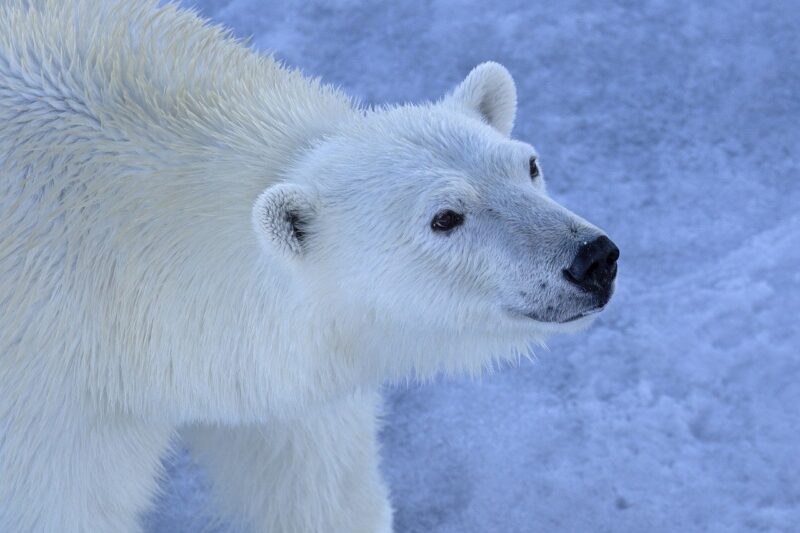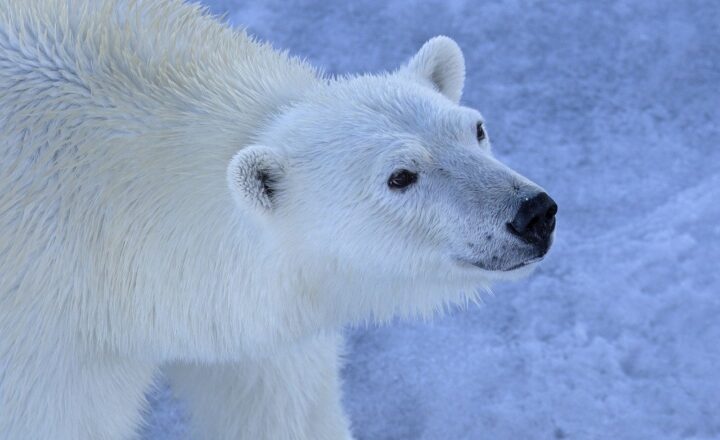Why Zoos are Focusing More on Native Species Conservation and Rehabilitation
November 15, 2024

Zoos have long been a place of fascination, where children and adults alike marvel at the sight of wild animals up close. However, over the years, the role of zoos has evolved significantly. No longer merely centers for public enjoyment and education, modern zoos play a crucial part in conservation efforts, particularly focusing on native species conservation and rehabilitation.
As we delve into this topic, we’ll explore the reasons behind this shift, the benefits of focusing on native species, and the many initiatives being undertaken by zoos across the globe.
1. The Shift in Zoo Philosophy: From Entertainment to Conservation
Historically, zoos were established primarily for entertainment. The appeal of exotic animals and the chance to see them in person created a thriving attraction for visitors. However, as awareness about environmental issues and species extinction grew, many zoos began to reassess their roles in the wildlife conservation landscape.
Today, responsible zoos recognize the ethical implications of keeping animals in captivity and the critical need to contribute to species conservation. This realization has led to a profound transformational shift in their mission. Rather than focusing solely on entertainment, many zoos now aim to:
- Serve as conservation hubs for endangered and native species
- Engage the public through educational programs that promote conservation awareness
- Participate in breeding programs that help maintain genetic diversity and support reintroduction initiatives
- Collaborate with other conservation organizations and government agencies to tackle wildlife challenges
This philosophical change has not only benefitted endangered species but also enriched visitor experiences, turning them into knowledgeable conservationists.
2. The Importance of Native Species Conservation
Native species are those that originate from a specific region and have adapted to its environment. Conservation efforts aimed at these species are crucial for several reasons:
- Biodiversity Preservation: Native species are integral to ecosystem balance. Their extinction can lead to a cascade of ecological impacts.
- Cultural Significance: Many native species hold cultural value for local communities. Conserving these species aids in preserving indigenous knowledge and heritage.
- Adaptability to Local Conditions: Native species are adapted to the local environment, making them more resilient to local diseases and climate than non-native species.
- Ecosystem Services: They provide essential ecological services such as pollination, seed dispersal, and soil health, contributing to overall ecosystem functionality.
Given these factors, a focus on native species conservation not only benefits the species themselves but also enhances the ecological health of their habitats.
3. Initiatives by Zoos for Native Species Conservation
Many zoos have taken proactive measures to contribute to native species conservation. Here are some innovative initiatives:
- Breeding and Reintroduction Programs: Zoos have developed breeding programs for critically endangered native species. For example, the California condor and the black-footed ferret have benefitted from successful breeding and reintroduction into their natural habitats.
- Habitat Restoration Projects: Some zoos engage in habitat restoration efforts, working to restore areas that have been degraded by human activity. These projects enhance local biodiversity and provide a healthier environment for native species.
- Research and Monitoring: Zoological institutions often partner with academic organizations to conduct research on native species. They monitor populations and assess threats, facilitating informed conservation strategies.
- Community Engagement and Education: Many zoos focus on educating local communities about native species, encouraging responsible behaviors that benefit wildlife. Local conservation projects are sometimes funded through zoo revenues, bridging the gap between the zoo’s operations and local ecosystems.
These initiatives showcase how zoos can function as vital players in the conservation of native species, making a tangible impact on the ecological landscape.
4. Challenges to Native Species Conservation in Zoos
While the focus on native species rehabilitation is commendable, zoos face several challenges in implementing these initiatives:
- Limited Resources: Conservation programs require significant funding and resources. Many zoos may struggle to secure the necessary financial backing to ensure effective ongoing projects.
- Legislative Hurdles: Conservation laws and regulations sometimes impede reintroduction efforts. Navigating these legal landscapes can slow down initiatives significantly.
- Community Resistance: In some areas, local communities may lack understanding or support for conservation efforts. Building relationships and trust is essential for success.
- Climate Change: Changes in climate conditions can pose threats to native species and their habitats, complicating conservation strategies.
Confronting these challenges is crucial to advancing the goals of conservation-minded zoos. Collaborative efforts with other organizations and stakeholders can bolster impact.
5. The Future of Zoos: A Collaborative Approach to Conservation
Looking ahead, the future of zoos may rely heavily on collaboration. By working with government agencies, NGOs, and local communities, zoos can field more potent conservation strategies. This collaborative approach can enhance:
- Shared Resources: Partnering with other organizations can open up access to additional funding, expertise, and innovative practices.
- Broader Educational Outreach: Joint educational programs can reach wider audiences, fostering a culture of conservation among the public.
- Unified Conservation Goals: Collaboration ensures that conservation efforts are aligned with the needs of both local communities and wildlife, tailoring solutions that benefit biodiversity and people alike.
The shift to focusing on native species conservation marks an exciting chapter in the evolution of zoos. With dedication, education, and collaboration, they can facilitate transformative changes that benefit both the wildlife they house and the ecosystems they support.
Conclusion
As the conversation around wildlife conservation continues to develop, the role of zoos in promoting native species conservation and rehabilitation is increasingly recognized. By taking action to protect native species, zoos not only safeguard biodiversity but also educate the public and inspire future generations to protect our planet’s natural heritage. Moving forward, it is vital for all stakeholders to understand that every action counts, and together, we can make a difference in the fight against species extinction.
So the next time you visit a zoo, remember that your presence contributes to more than just entertainment; it supports a broader mission of conservation that reverberates across species, habitats, and generations.






